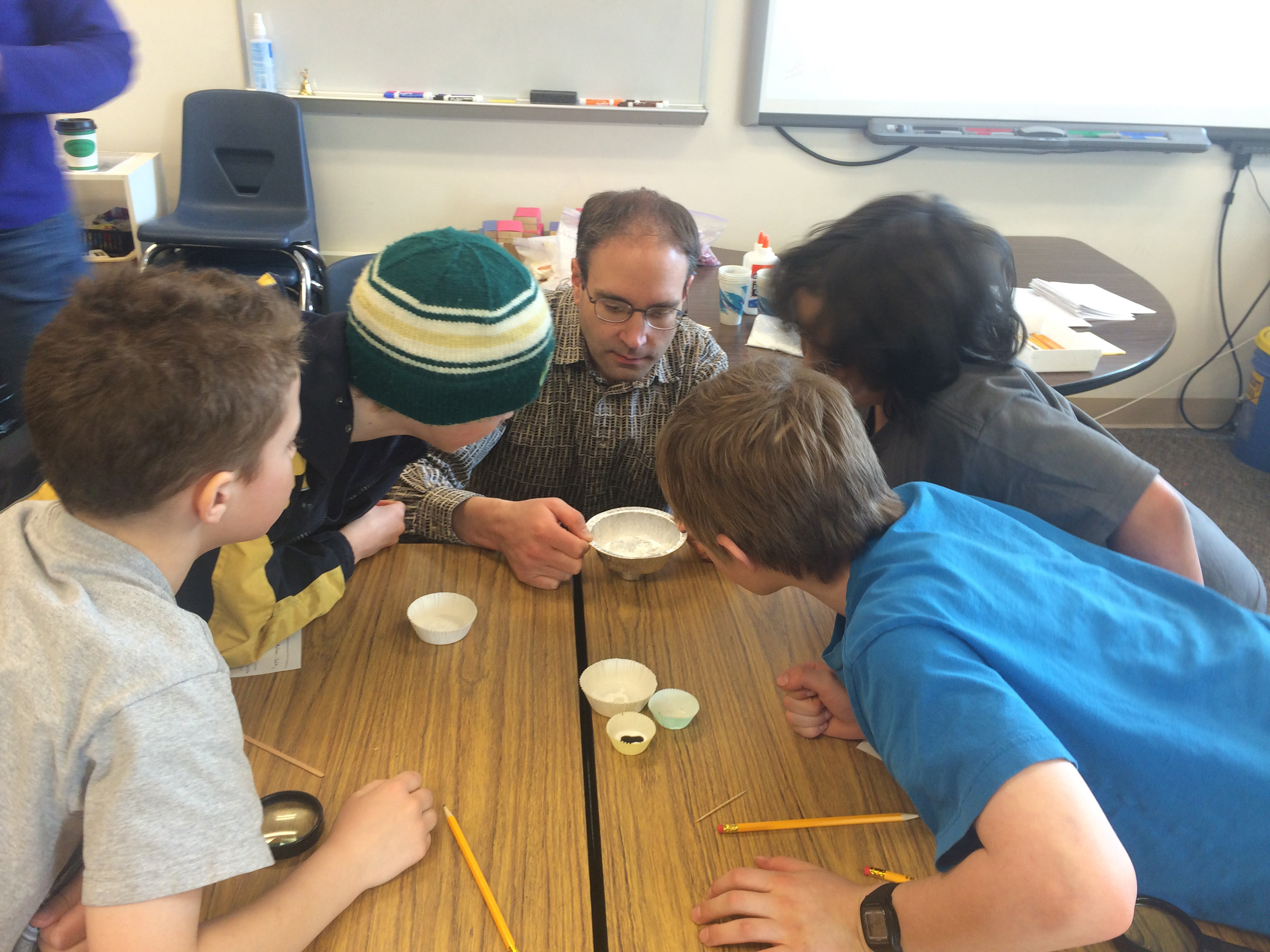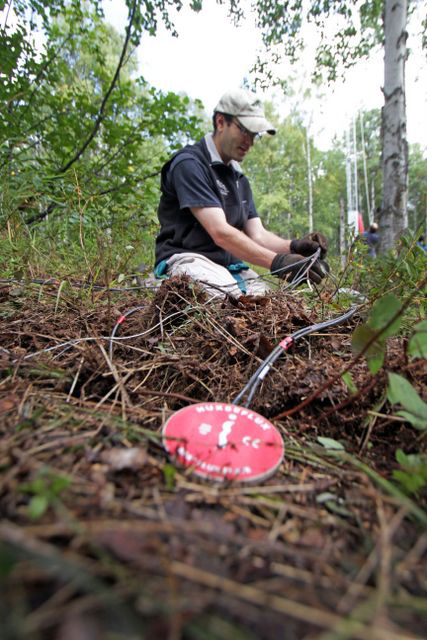Designing a varied career
Oct. 2015

By LJ Evans,
Geophysical Institute
Derek Starkenburg’s academic progression is a case study in how a person can set out on one path but take many forks.
As a kid, he was fascinated by the spaces people inhabit.
“I thought if you could control that space, you could do something to influence the feelings that those spaces engender in people,” Starkenburg says.
These interests led him to a master’s degree in architecture at North Carolina State University and then to a 10-year career as a designer with an architectural firm in Denver. Over time, he discovered a passion for atmospheric sciences and meteorology. He made a career shift, completing a master’s degree in earth sciences at the University of Northern Colorado with a specialization in the Arctic. This just whetted his appetite for more.
“I had been to Alaska several times on vacation, one of those times in January,” Starkenburg says. “For my birthday, I got to go dog sledding at minus 30 and play fetch with an Alaska husky!” He was hooked. He applied to a doctoral program in atmospheric sciences at the University of Alaska Fairbanks.

Starkenburg wanted to apply his architectural training in manipulating three-dimensional spaces to analysis and interpretation of the earth-atmosphere-ocean system. His dissertation research with Anupma Prakash and Javier Fochesatto at UAF’s Geophysical Institute investigated surface energy exchanges within a black spruce boreal forest as part of a project funded by NASA’s Experimental Program to Stimulate Competitive Research.
During the last year of his doctoral studies, he helped teachers at Joy and Woodriver elementary schools develop lessons and activities related to meteorology, chemistry and engineering under a National Science Foundation fellowship called GK-12.
“As I learned more about climate during my graduate studies, I realized it is an important topic we don’t usually teach in schools. The problem now is that climate has become a major policy issue, but many people still don’t know much about it,” he said. Giving teachers better tools to teach those topics seemed like a step in the right direction.

This summer, he is developing a workshop on weather and climate intended for an audience of architects and professional builders.
“I hope to bring an appreciation for some of the ways climate works to non-scientists like architects and builders to help them make informed decisions,” Starkenburg said. “What can we do as designers and builders to mitigate the effects of humans on climate change?”
In his last weeks at the Geophysical Institute, Starkenburg has helped design several features of an aurora borealis exhibit that will be tested at the UA Museum of the North. The features will be installed at museums in Barrow and Nome. The project uses Alaska Native cultural perspectives to introduce and build interest in basic science concepts.
Starkenburg is now preparing for his next career move, a postdoctoral appointment at the University of Michigan to work with programmers and scientists investigating tropical storms using the Cyclone Global Navigation Satellite System. The balance of his job will involve spreading the word about the NASA-funded project.
Starkenburg says he wants to continue to weave together the paths he has explored.
“I would like my future career to be a blend, where I can apply my knowledge of science to design of exhibits and other outreach products. I like to teach, and I hope that will be part of the future as well,” Starkenburg said.
